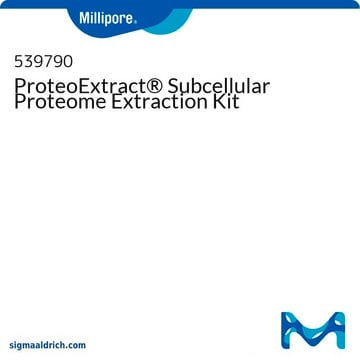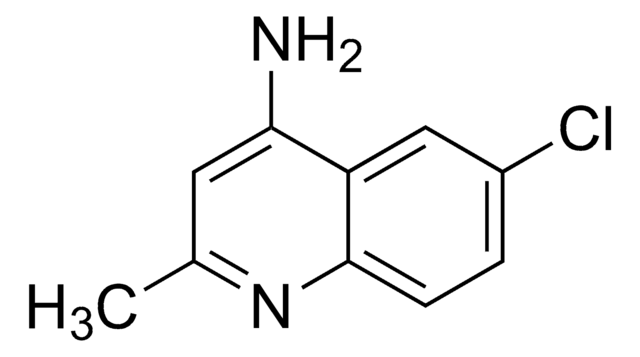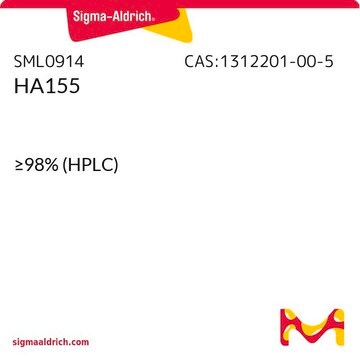P0113
PQ401
≥98% (HPLC), powder
Sinónimos:
IGF-1R Inhibitor II, N-(5-Chloro-2-methoxyphenyl)-N′-(2-methylquinolin-4-yl)urea
Seleccione un Tamaño
$177.65
Precio de catálogo$187.00Disponible para envío el01 de abril de 2025Detalles
Seleccione un Tamaño
About This Item
$177.65
Precio de catálogo$187.00Disponible para envío el01 de abril de 2025Detalles
Productos recomendados
Nivel de calidad
Ensayo
≥98% (HPLC)
Formulario
powder
color
white
solubilidad
DMSO: >10 mg/mL
H2O: <2 mg/mL
temp. de almacenamiento
2-8°C
cadena SMILES
COc1ccc(Cl)cc1NC(=O)Nc2cc(C)nc3ccccc23
InChI
1S/C18H16ClN3O2/c1-11-9-15(13-5-3-4-6-14(13)20-11)21-18(23)22-16-10-12(19)7-8-17(16)24-2/h3-10H,1-2H3,(H2,20,21,22,23)
Clave InChI
YBLWOZUPHDKFOT-UHFFFAOYSA-N
Aplicación
- an insulin growth factor-1 receptor (IGF-IR) inhibitor in H1299 cells to test its effect on migration suppression[1]
- a reference inhibitor in dose-response measurements studies[2]
- an IGF1R inhibitor in sirtuin 6 (SIRT6)-deficient cardiomyocytes to test its effect on hypertrophy inhibition[3]
Acciones bioquímicas o fisiológicas
Características y beneficios
Código de clase de almacenamiento
11 - Combustible Solids
Clase de riesgo para el agua (WGK)
WGK 3
Punto de inflamabilidad (°F)
Not applicable
Punto de inflamabilidad (°C)
Not applicable
Equipo de protección personal
Eyeshields, Faceshields, Gloves, type P2 (EN 143) respirator cartridges
Elija entre una de las versiones más recientes:
¿Ya tiene este producto?
Encuentre la documentación para los productos que ha comprado recientemente en la Biblioteca de documentos.
Artículos
We offers many products related to InsR for your research needs.
Discover Bioactive Small Molecules for Kinase Phosphatase Biology
Active Filters
Nuestro equipo de científicos tiene experiencia en todas las áreas de investigación: Ciencias de la vida, Ciencia de los materiales, Síntesis química, Cromatografía, Analítica y muchas otras.
Póngase en contacto con el Servicio técnico








